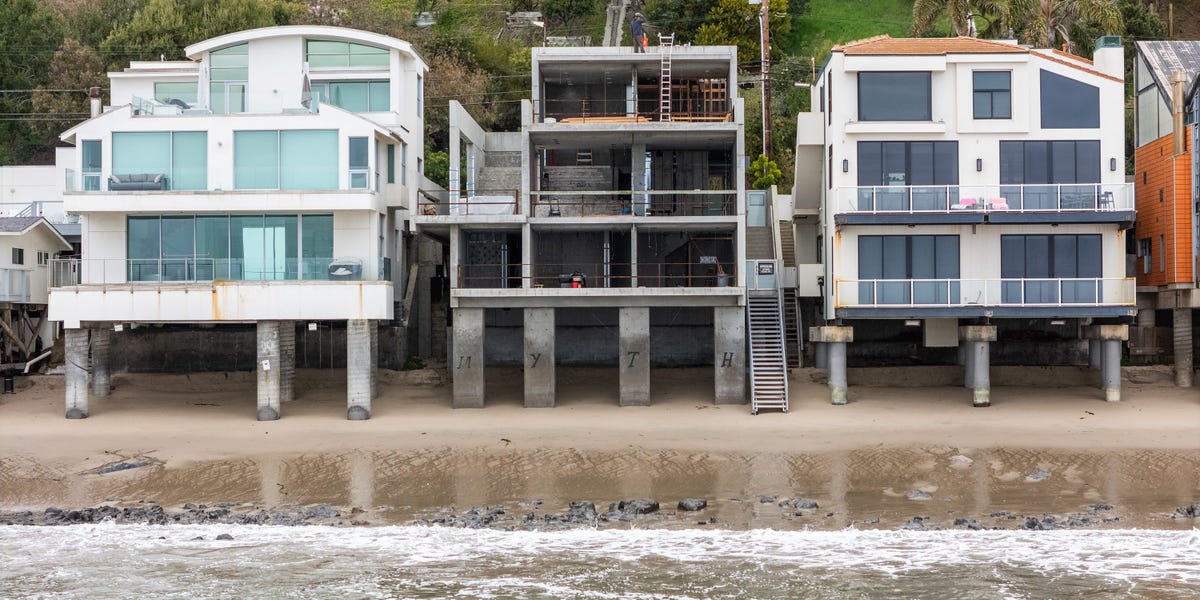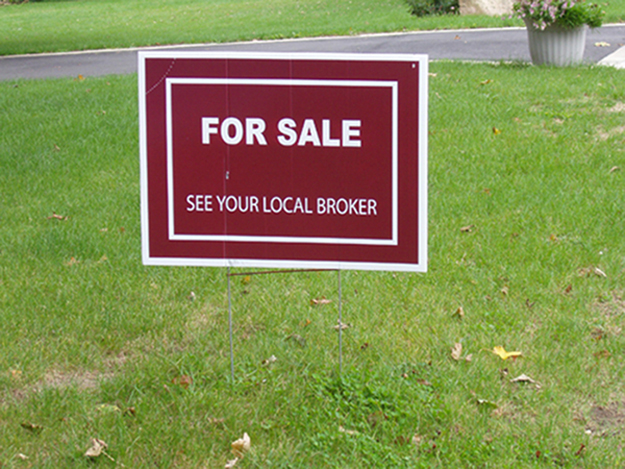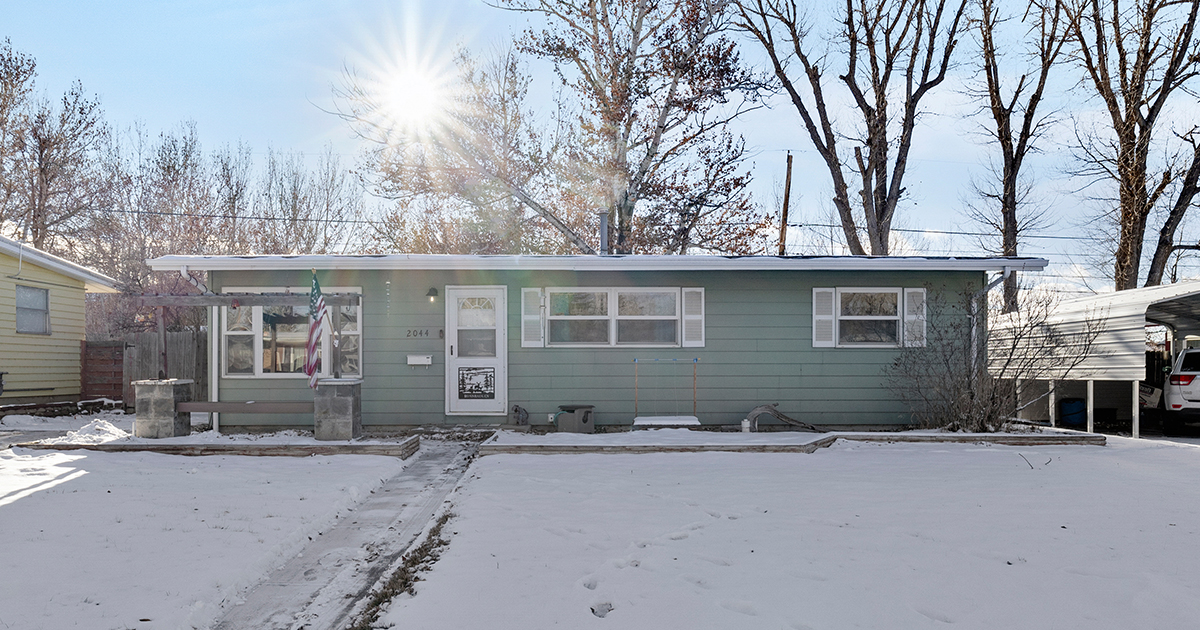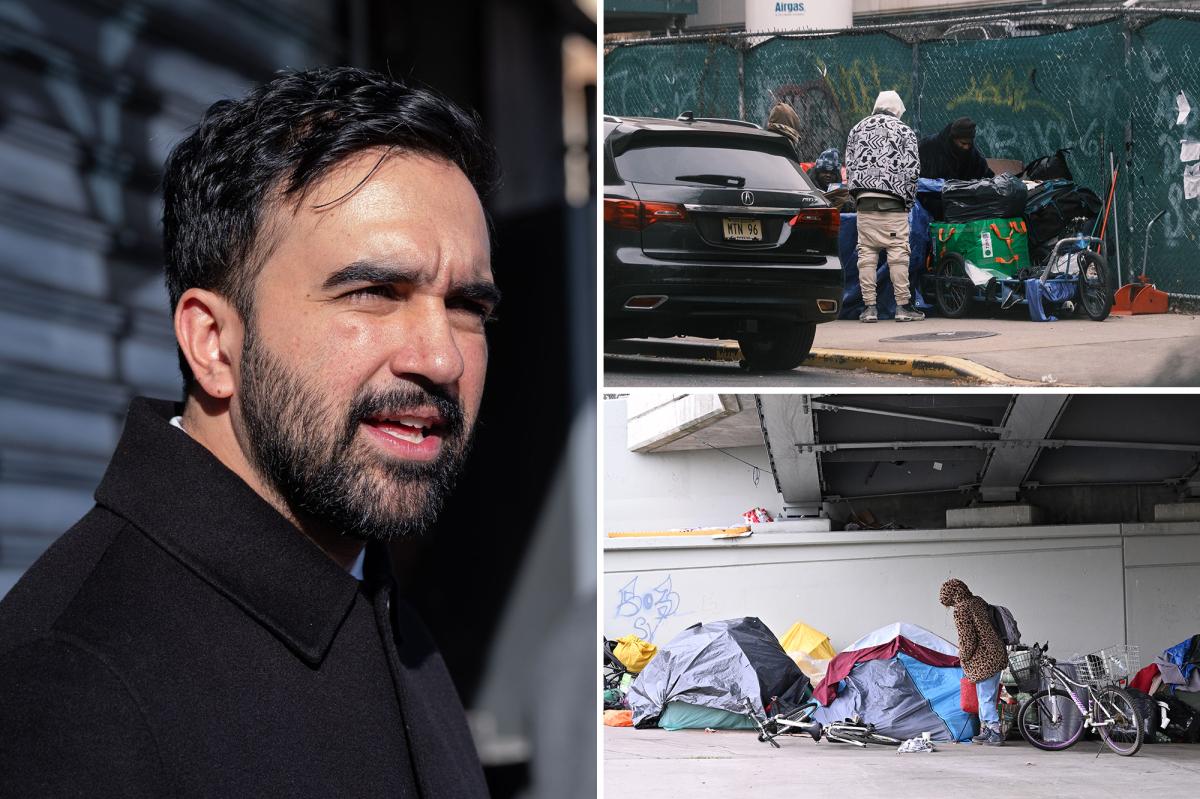C
ommercial real‑estate activity across the Asia‑Pacific surged 23 % in 2024, reaching $131 billion. That headline growth masks a deeper shift: the old passive ownership model is breaking down. Investors now demand higher margins, while tenants expect more than just space. The gap between sophisticated operators and passive owners is widening, reshaping returns.
This is not a temporary cycle but a structural change. ANREV’s latest Investment Intentions survey shows investors ranking data centres above logistics for the first time, signalling a move from pure location quality to assets judged on performance complexity, resilience and operational excellence. Fundraising for APAC‑focused real‑estate vehicles fell 53 % between 2022 and 2024, reflecting scepticism toward passive strategies that struggle in a high‑cost environment.
Three forces have re‑balanced risk and reward:
1. **High‑cost capital** – Low interest rates that once hid operational weaknesses are gone. Australia’s cash rate sits at 3.85 % and Singapore’s policy of currency appreciation keeps borrowing expensive. Leverage can no longer substitute for value creation; assets must improve operations to justify debt service.
2. **Tenant empowerment** – Tenants now seek integrated services, not just square footage. A pharma distributor leasing cold storage wants real‑time temperature and humidity data, end‑to‑end traceability, blast‑freezing, relabelling and seamless last‑mile refrigerated transport. The lease becomes a guarantee of product integrity.
3. **Operational mainstreaming** – Assets once considered “alternative” – data centres, cold storage, senior living – are now mainstream. Their premium lies in service integration, brand and platform operation rather than in concrete and steel.
Adapting to this competitive landscape is an opportunity to create differentiated, long‑term value. Leaders who shift toward an operator‑investor model will likely secure stronger positions.
### Where Value Emerges
Operational excellence delivers measurable, sector‑specific performance gains. Data shows that active management outperforms passive ownership.
- **Healthcare** – The operator‑investor model offers superior risk‑adjusted returns. Eurazeo’s analysis finds a standalone healthcare OpCo targeting a 17.1 % IRR but with a Sharpe Ratio of 1.24. In contrast, a HoldCo that integrates OpCo and PropCo achieves a 2.74 Sharpe Ratio and a 14.8 % IRR, doubling stability while maintaining strong returns. Eliminating landlord‑tenant conflict allows capital to be deployed strategically to enhance the business.
- **Data Centres** – Operational efficiency translates directly into financial outperformance. A 10 MW Singapore facility running at a PUE of 1.25 (vs. industry average 1.67) saves enough energy to offset the construction cost of many sites. Passive ownership cannot sustain such optimisation.
- **Cold Storage** – Temperature precision is critical; deviations can destroy billions in product. Leading operators use IoT sensors, wireless sensor networks and predictive analytics to maintain precision that conventional facilities cannot match. The premium for risk mitigation is evident: sophisticated cold‑storage sites command 30–50 % higher rents than standard storage.
- **Self‑Storage** – The business has evolved into a data‑driven model. Dynamic pricing algorithms adjust rates in real time based on unit mix, local demand and customer behaviour, maximizing occupancy and revenue per unit. These systems generate rapid ROI and create a competitive moat.
### New Competitive Edge
Successful operational platforms share key traits:
- **Integrated Platforms** – Firms that combine development, ownership and operations under one roof lead the market.
- **Technology as Core Competency** – Technology is no longer an enabler; it drives value by cutting costs and freeing capacity for growth.
- **Deep Sector Expertise** – Specialists outperform generalists.
- **Platform‑Scale Economics** – Deploying technology and negotiating service contracts across large portfolios yields cost and performance advantages.
Capital allocation is shifting accordingly. China’s private‑equity deal value fell from nearly 40 % of APAC buyout volume pre‑pandemic to 27 % by mid‑2024, signalling a move toward operational quality. In a high‑interest‑rate environment, institutions seek assets that deliver higher yields and inflation‑hedged income, driving a pronounced shift from passive real estate to operational sectors. Japan has become a hub for data‑centre platforms, while Australia’s life‑sciences and senior‑living sectors attract record investment.
This is not a flight from uncertainty but a pursuit of superior returns through building, scaling and backing expert operational platforms. The operator‑investor model is now the core strategy.
### Path Forward
Transitioning to an operator‑investor model requires a strategic overhaul, beginning with senior leadership commitment and unfolding over a deliberate, multi‑year journey. As one asset manager noted, while past returns were driven by multiple expansion, “operational improvements – not market factors – can account for the majority of value created within a private‑equity portfolio.” The passive approach that once delivered reliable returns has lost its effectiveness today. Those who embrace the complexities of the operator‑investor model will secure resilient, superior returns; those who resist risk falling behind as the market rewards operational expertise and strategic innovation.
Senior leaders must challenge legacy mindsets, invest in operational excellence, technology integration and sector specialisation, forge new partnerships and build platform‑scale capabilities. By doing so, investors can position themselves at the forefront of Asia‑Pacific’s real‑estate transformation, turning complexity into a durable competitive edge and generating robust long‑term value.















